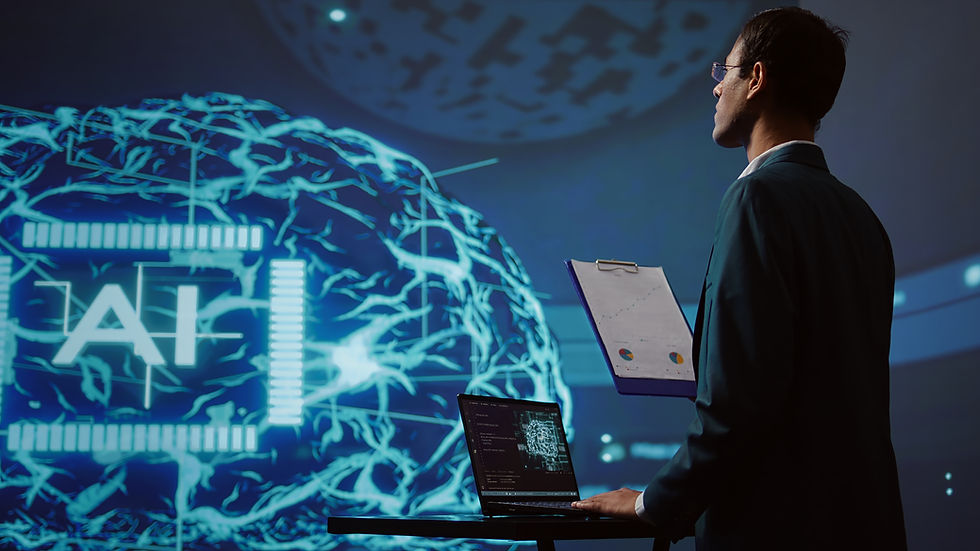Detecting coating defects in production is a critical task for ensuring the quality and durability of manufactured products. In today’s competitive market, maintaining high standards is essential for customer satisfaction and brand reputation. This article provides an in-depth exploration of various methods and technologies used to identify and rectify coating defects during production.
Understanding the significance of detecting coating defects in production helps companies reduce waste, improve efficiency, and deliver superior products. By implementing effective inspection processes, manufacturers can prevent costly recalls and enhance their operational excellence.

What Are Coating Defects?
Coating defects refer to imperfections that occur on the surface of a product during the coating process. These imperfections can range from minor cosmetic issues to significant structural problems that compromise the product’s performance and longevity. Common defects include blisters, cracks, pinholes, and uneven thickness.
Common Causes of Coating Defects
Understanding the root causes of coating defects is vital for implementing effective solutions. Some common causes include:
- Improper Surface Preparation: Inadequate cleaning or preparation of the surface can lead to poor adhesion and defects.
- Environmental Factors: Humidity, temperature, and contamination can affect the coating process.
- Application Errors: Incorrect application techniques or equipment settings can result in defects.
Techniques for Detecting Coating Defects
Several techniques are employed to detect coating defects during production:
Visual Inspection
Visual inspection is the simplest method of detecting surface defects. Trained inspectors examine the coated surface for visible imperfections. Though cost-effective, this method relies heavily on human expertise and may not detect all defects.
Stroboscopic Inspection
Stroboscopic inspection involves using strobe lights to detect defects in moving products. This method is particularly useful for high-speed production lines, as it allows for real-time defect detection. For more on stroboscopic inspection, visit What is use of stroboscope?.
Non-Destructive Testing (NDT)
NDT methods, such as ultrasonic testing and magnetic particle inspection, allow for defect detection without damaging the product. These techniques are valuable for identifying subsurface defects that are not visible to the naked eye.
Automated Optical Inspection (AOI)
AOI systems use cameras and image processing software to automatically detect defects. This technology is highly accurate and efficient, making it ideal for large-scale production environments.
Technological Advances in Defect Detection
Advancements in technology have revolutionized the way coating defects are detected. Some of these advancements include:
Machine Learning and AI
Machine learning algorithms analyze data from various inspection methods to identify patterns and predict defects. This technology enhances the accuracy and speed of defect detection.
Infrared Thermography
Infrared thermography detects temperature differences on the surface of a product, which can indicate defects. This method is non-invasive and provides immediate results.
X-ray Inspection
X-ray inspection is used to detect internal defects that are not visible on the surface. This method is especially useful for complex products with multiple layers.
Benefits of Early Defect Detection
Identifying coating defects early in the production process offers numerous benefits, including:
- Cost Savings: Reducing waste and avoiding rework lowers production costs.
- Improved Product Quality: Ensuring defect-free products enhances customer satisfaction and brand loyalty.
- Enhanced Efficiency: Streamlining defect detection processes improves overall production efficiency.
Challenges in Detecting Coating Defects
Despite technological advancements, detecting coating defects presents several challenges:
- Complex Product Designs: Intricate designs and shapes can make defect detection difficult.
- High-Speed Production: Rapid production lines may require advanced technologies to keep up with defect detection.
- Cost Constraints: Implementing advanced inspection technologies can be expensive for some manufacturers.
Strategies for Overcoming Challenges
To overcome the challenges of defect detection, manufacturers can adopt the following strategies:
Invest in Advanced Technologies
Investing in cutting-edge inspection technologies can improve defect detection accuracy and efficiency. For example, energy-efficient stroboscopic systems offer an effective solution for high-speed inspection.
Continuous Training and Development
Regular training ensures that inspection personnel are skilled in using the latest technologies and techniques.
Collaborate with Experts
Partnering with industry experts can provide valuable insights and support in implementing effective defect detection strategies.
Case Study: Successful Defect Detection
One company that successfully implemented advanced defect detection strategies is XYZ Coatings Ltd. By integrating automated optical inspection and machine learning, they reduced defects by 30% and improved production efficiency by 20%.
The Future of Coating Defect Detection
The future of coating defect detection looks promising, with continuous advancements in technology. Innovations such as artificial intelligence and robotics are expected to further enhance the accuracy and efficiency of defect detection processes.
Conclusion
Detecting coating defects in production is a vital aspect of manufacturing quality products. By understanding the causes of defects and implementing effective detection strategies, manufacturers can improve product quality, reduce costs, and enhance customer satisfaction. Continuous investment in technology and training is crucial for staying ahead in the competitive manufacturing landscape.

FAQ
What are common coating defects?
Common coating defects include blisters, cracks, pinholes, and uneven thickness. These imperfections can affect the performance and appearance of the coated product.
How can technology help in detecting coating defects?
Technology such as machine learning, infrared thermography, and automated optical inspection can enhance the accuracy and efficiency of defect detection in production.
Why is early detection of coating defects important?
Early detection of coating defects helps reduce waste, lower production costs, and ensure high-quality products, leading to improved customer satisfaction and reduced risk of recalls.
This article contains affiliate links. We may earn a commission at no extra cost to you.
